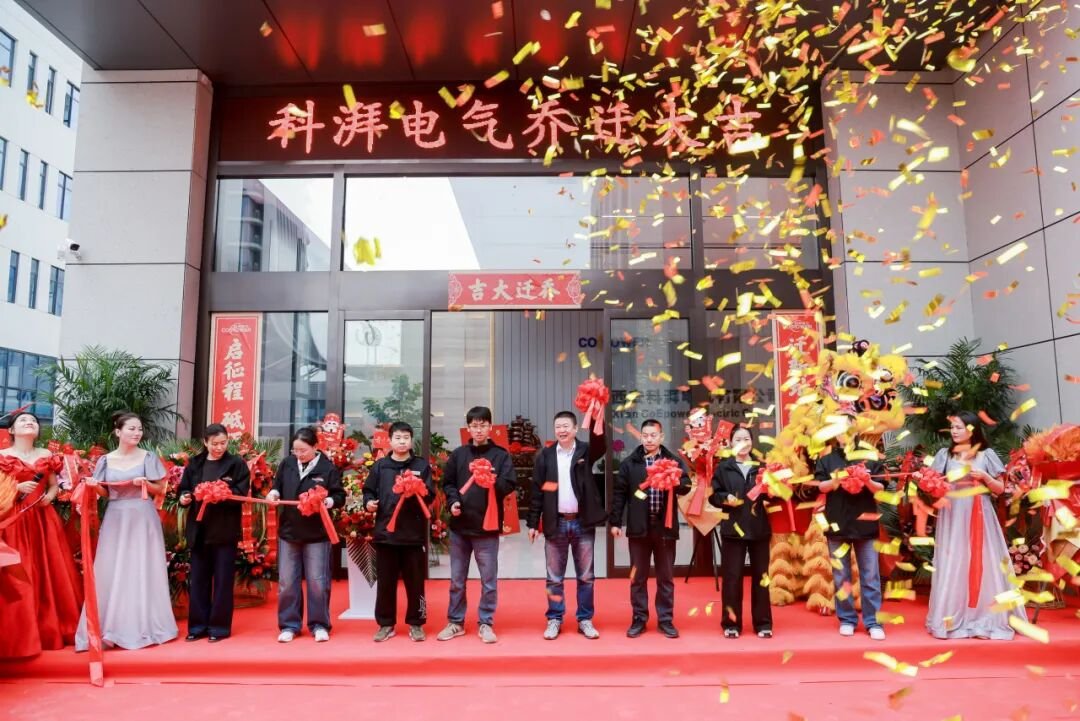Nos ambientes de energia dinâmica de hoje-de instalações industriais a centros de dados-a qualidade de poder é não negociável. Cargas não lineares, como unidades de frequência variáveis e computadores, injetam distorção harmônica, afetando a eficiência e a conformidade. Filtros harmônicos ativos (AHFS) ou filtros de energia ativos (APFS) são soluções avançadas projetadas para eliminar essas distorções injetando correntes de compensação em tempo real - garantindo um ambiente limpo, forma de onda sinusoidal. Neste blog, exploraremos os tipos mais comuns de APFs, suas aplicações, e como os designs inovadores da CoEpower podem atender às suas necessidades.

1. Filtros ativos de desvio (Derivação APF)
Como eles funcionam: Conectado em paralelo com a carga, shunt APFs medem correntes harmônicas e injetam contracorrentes para cancelá-las.
Melhor para: Eliminando harmônicos atuais, compensação de potência reativa, e equilibrar cargas desequilibradas.
Por que escolher: Ideal para melhorar o fator de potência real e reduzir o THD (Distorção Harmônica Total). Por exemplo, instalações reduziram o THD de 7% para baixo 3%.
2. Filtros ativos em série (Série APF)
Como eles funcionam: Estes são colocados em série com a fonte e injetam uma tensão de compensação para mitigar harmônicos de tensão.
Melhor para: Suprimindo distorção de tensão, regulando a tensão terminal, e isolar cargas sensíveis de anomalias de fornecimento.
3. Filtros ativos híbridos
O que eles combinam: Shunt de mesclagem de APFs híbridos, série, e muitas vezes componentes de filtro passivos em um único sistema.
Vantagens: Este design híbrido aborda efetivamente os harmônicos de corrente e tensão - aproveitando elementos ativos para dinâmica, mitigação de alta ordem e componentes passivos para fixo, frequências de ordem baixa.
4. Filtros ativos de fonte de corrente versus fonte de tensão
Filtro ativo de fonte atual: Injeta corrente de compensação – funcionalmente semelhante a um APF de derivação.
Filtro ativo de fonte de tensão: Fornece tensão de compensação em série - semelhante a um APF em série.
5. Filtros ativos adaptativos
Esses sistemas implementam algoritmos inteligentes que se adaptam dinamicamente às mudanças nos perfis harmônicos, proporcionando uma filtragem mais precisa e eficiente em condições de tempo real..
6. Controlar & Estratégias de remuneração
Espinha dorsal da tecnologia: Os APFs normalmente dependem de eletrônicos de potência, como IGBTs ou MOSFETs, emparelhado com plataformas DSP ou FPGA, permitindo comutação rápida e cancelamento harmônico preciso.
Métodos de controle:
Quadro de referência síncrono (SRF) ou as transformações dq0 simplificam os componentes harmônicos em grandezas DC, auxiliando na filtragem mais direta.
Teoria da Potência Reativa Instantânea (pq/IRPT) gera correntes de compensação de referência com base em cálculos em tempo real.
7. Por que os APFs superam os filtros passivos
| Recurso | Filtros harmônicos ativos (APFS) | Filtros Passivos |
|---|---|---|
| Adaptabilidade | Dinâmico e responsivo a cargas variáveis | Sintonizado em frequências fixas – menos flexível |
| Faixa Harmônica | Atenua múltiplas ordens, incluindo harmônicos de alta ordem | Normalmente lida apenas com harmônicos de ordem inferior predeterminados |
| Riscos de ressonância | Problemas mínimos de ressonância | Propenso a ressonância com impedância do sistema |
| Tamanho & Escalabilidade | Compactar, modular, escalável (Por exemplo, montagem em rack, parede, armários) | Pegada maior, menos modular |
8. Destaques do CoEpower APF
Aproveitando insights da oferta de produtos da CoEpower, aqui está o que diferencia seus APFs:
Flexibilidade de instalação: Disponível em montagem na parede, montado em rack, e designs integrados em gabinete para atender a uma ampla variedade de ambientes.
Compensação Avançada: Empregue microchips DSP baseados em FFT para identificar ordens harmônicas e gerar, correntes de compensação em tempo real.
Desempenho: Seus sistemas AHF oferecem velocidade de resposta rápida e podem reduzir o THD abaixo 5%, crítico para metas rigorosas de qualidade de energia.
Opções de rack escaláveis: O módulo AHF montado em rack paralelo cabe em racks padrão de 19″ - perfeito para gabinetes de telecomunicações/dados.
Padrões Industriais: Seus módulos de alta classe de proteção são certificados pela TÜV-CE e estão em conformidade com a IEC 61000 & CEI 62477 padrões.
Para concluir, ao otimizar sistemas de energia, selecionar o tipo certo de APF é fundamental. Shunt APFs são sua solução ideal para harmônicos de corrente; APFs da série protegem a qualidade da tensão; APFs híbridos oferecem cobertura abrangente; e APFs adaptativos fornecem suporte contínuo, desempenho inteligente. O portfólio APF da CoEpower atende a essas necessidades de frente, trazendo versatilidade modular, controle inteligente, e confiabilidade de grau de conformidade para a mesa.
Explore nossa página de produto de filtro harmônico ativo para saber mais:
Tags: Filtro Harmônico Ativo (APF), Tipos de filtros harmônicos ativos, Derivação APF, Série APF, APF híbrido, APF adaptativo, Filtro harmônico ativo coepower, Melhoria da qualidade da energia, Mitigação harmônica, Compensação FFT DSP, Filtro harmônico montado em rack, Redução de THD.


